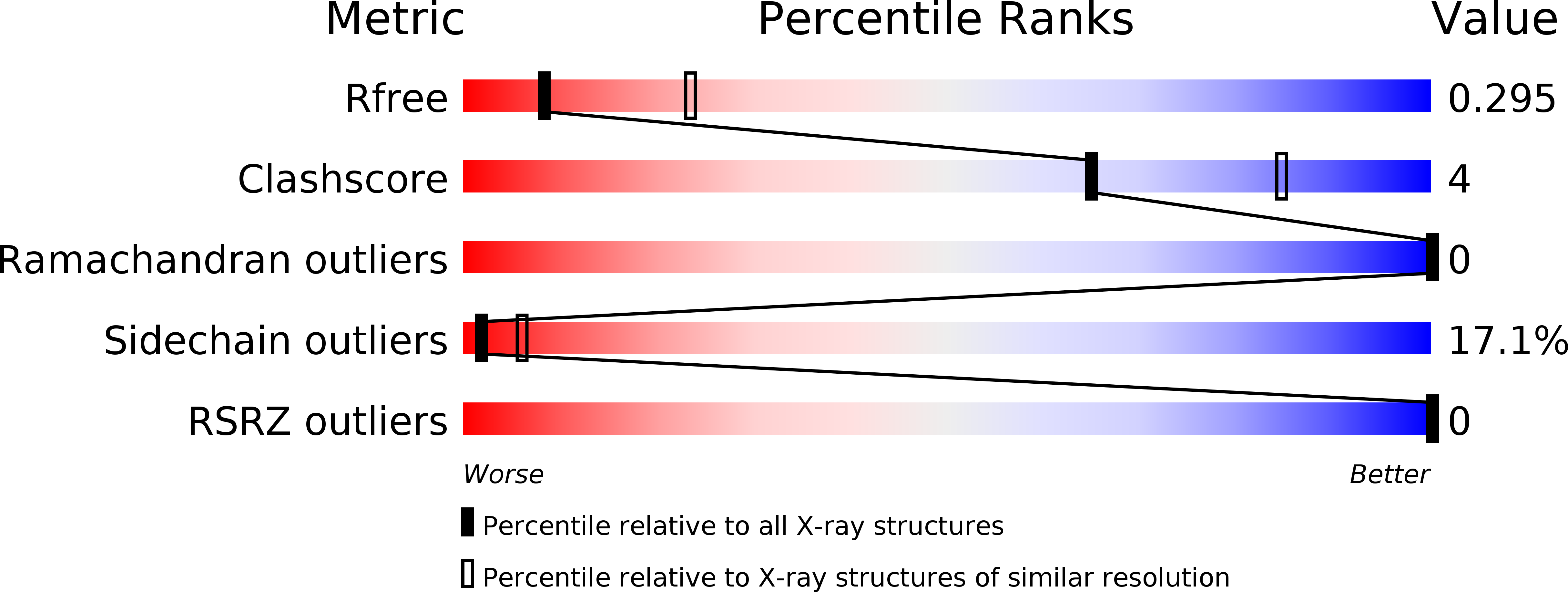
Deposition Date
2006-05-22
Release Date
2006-06-13
Last Version Date
2023-08-30
Method Details:
Experimental Method:
Resolution:
2.90 Å
R-Value Free:
0.29
R-Value Work:
0.22
R-Value Observed:
0.23
Space Group:
H 3 2


